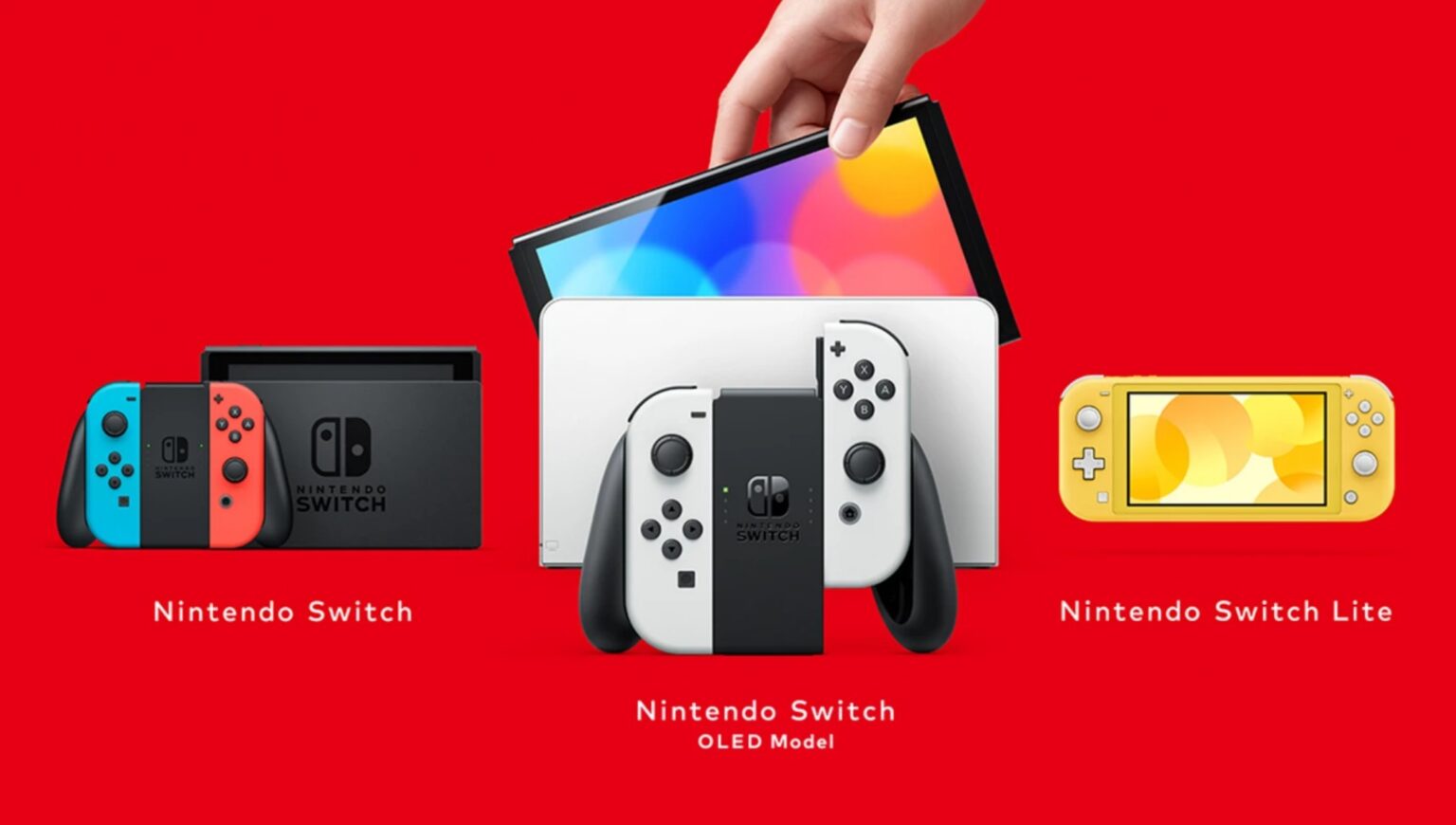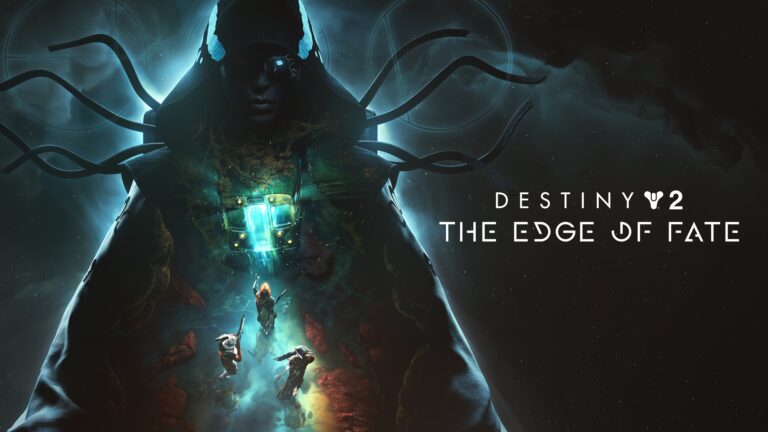The announcement and reveal of a new gaming console should, more often than not, be an exciting and gratifying time for fans and gamers involved. It is a time to rejoice and ruminate over new hardware, specs, and upgrades to beloved consoles getting their much-needed glow-up. That cannot be said for Nintendo’s newest Switch OLED, which screams less of “Switch Pro” and more of “Switch? No thanks”.Here are the top three reasons why the new Switch OLED is disappointing.
3. Switch OLED Focus on Handheld
A focus on improving the handheld experience of the Nintendo Switch is not a bad thing. In fact, it is a welcome change to how the original Switch feels when playing outside of the docked mode. The original model suffers from a small screen, mediocre storage space, and a near-useless kickstand for non-held multiplayer play. The Switch OLED does away with those issues.To handle the rigors of play whilst on a stand, the Switch OLED’s kickstand blows the original’s out of the water by sheer size and support. Compared to how the stand is now, the original’s could be viewed as a mere toothpick when held side to side. It certainly won’t fold or break in on itself, that’s for sure (and it’s something we predicted!)To accommodate for the ever-increasing demands of storage space of newer, bigger games, the new Switch comes with a much larger internal storage space of 64 GBs as opposed to the original’s measly 32 GBs. Though this isn’t revolutionary, and most players will still purchase a microSD card for future downloads, this is an upgrade that benefits any user, regardless of preferred playstyle, whether docked or handheld. The final mobile upgrade is perhaps the biggest change: the OLED screen. Moving up from the original’s 6.2-inch LCD screen, the Switch OLED, like the name suggests, goes bigger and better. It boasts a 7-inch OLED screen for a drastically improved handheld experience. It was one of the features predicted by insiders for the Switch Pro. Now it’s been outright confirmed. An OLED screen, as opposed to its LCD counterpart, is much lighter and thinner, allowing for insane levels of visual contrast, down to the very pixels on the screen, giving depth and realism to whatever is being displayed. OLED screens will really let contrasting colors and hues pop out and knowing Nintendo games, it will be a grand visual treat for the eyes. Also worth mentioning is the power efficiency of OLED displays. LCD screens are already energy-efficient but OLEDs take efficiency to a whole new level with the ability to “switch off” black pixels, leading to remarkably small energy consumption and neat visual clarity and contrast. However, with all these great improvements to the handheld experience, why is this a reason to be disappointed? Because docked play has not been improved at all.It is strange to know that despite the Switch’s dual modes of operation, only one of them has been favored in this supposed upgraded iteration. Docked players will more or less have the same experience regardless of which model they choose, making the upgrade to the Switch OLED, priced at $349 a hefty investment and not worth the price. What is the point of buying a handheld-focused Switch when a user hardly uses that advertised mode of operation?
2. Untouched Joy-Cons
With a new Switch on the way, fans were highly anticipating a new iteration (or at least an improved version) of the Switch’s Joy-Con controllers to make way as well. Sadly, the Joy-Cons are exactly the same, with any previous model’s controllers being compatible with the Switch OLED. Though this compatibility is welcome and appreciated, both from a user and monetary perspective, it also bodes something more unwelcome: drift is here to stay.A universal criticism of the Joy-Cons is the controller’s insane proclivity to “drift” in almost every scenario possible from playing games to navigating menus in the UI. Despite being such a major occurrence amongst players and a massive headache, the reason for the continued drift experience has not been explicitly detailed and explained by Nintendo, leaving users and tech-heads to fumble around and come up with their own explanations. Even though Nintendo will most likely help new OLED users when they inevitably encounter the drift problem, the fact that it will continue to exist is ridiculous. Since Nintendo has made no announcements in a production and manufacture change of these controllers, it probably means they are being made exactly the same, packaged with the same problems it had since launch.
1. No Hardware Changes or Improvements
Perhaps the biggest slap in the face for anyone waiting for an upgraded Switch, the Switch OLED boasts exactly nothing in the upgraded spec and hardware department. Though the exterior screen, size, and weight are certainly noticeable differences from the original, strip those superficial differences away and the original Switch and the Switch OLED are practically the same console. The GPU, CPU, video output, and even the battery life for both of these iterations are exactly the same. It means that whatever dock experience users currently have with their consoles will be fundamentally no different when using the Switch OLED. The upgrades make it perfectly clear that it is a console dedicated for players who prefer handheld play over dock, but not improving the battery life of a console that is handheld focused is pretty confusing and outright ironic. Nintendo has yet to release a worthy competitor in the ninth generation of consoles, with the Switch still perpetually caught in limbo of being last-gen, on top of being weaker still. This Switch definitely isn’t the answer to that question, which only makes us wonder what Nintendo has planned if at all, to answer next-gen demands. Though, the adage of curbing your enthusiasm never rings truer when looking at the OLED. It was fan-generated hype, over-exaggeration, and nigh-unmatchable expectations of a potential Switch Pro that make the OLED look bad, maybe even terrible in comparison. It wasn’t marketed to be a Switch Pro, and it shouldn’t be considered as such. We are guilty of feeding fuel to that blazing fire. Even still, looking past that fact, the Switch OLED is very much disappointing based on its own merits, or lack thereof.
The Switch OLED launches October 8th, for $349.
Stay tuned at Gaming Instincts via Twitter, YouTube, Instagram, and Facebook for more gaming news.
No related posts.







It’s not surprising that Nintendo isn’t going to compete in the ninth generation. They’ve been behind ever since the first Wii. You don’t really comeback from something like that.